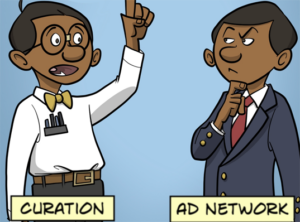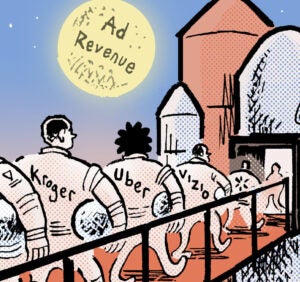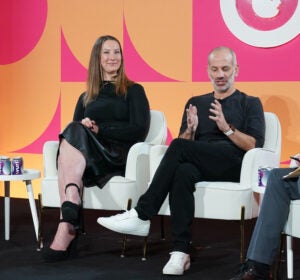 “The Sell Sider” is a column written by the sell side of the digital media community.
“The Sell Sider” is a column written by the sell side of the digital media community.
Today’s column is written by Sam Cox, vice president of OPEN global media management at MediaMath.
Programmatic is changing, and for the most part, it is changing for the better. Inventory that started as remnant now inches towards premium, data is getting better and more accessible, marketer control and transparency is increasing, and there are now more ways than ever to get direct access to high-quality inventory through the efficiency of programmatic. These are good things for everyone involved in the digital media ecosystem.
That said, our industry seems to have an addiction to constant change. Sometimes the shiny new object outshines the value of the ecosystem as a whole because it is often simpler to tout the next great thing than it is to actually understand the value of the integrated, whole programmatic space.
In programmatic, the key to driving performance is to know and understand the interrelationship between the different types of programmatic products and the values of each of the functional parts to a marketer and publisher. Specifically this means understanding how to use automated guaranteed, private marketplaces and the open exchange.
For the industry to make proper use of the new tools available, old paradigms are going to have to shift, and better, smarter ways of looking at the media mix will have to evolve. Placing private exchanges ahead of or in line with reserved inventory will maximize unique user exposure to the markets and is one strategy to drive value for both marketers and publishers.
One facet of our industry that has come under assault is the open exchange. As industry tastes have shifted, we now are extolling the deal ID as the next great panacea for marketers and publishers. While this argument does have its merits – the open exchange is not perfect but technology companies are addressing its flaws – to say that the open exchange has no value is shortsighted.
The open exchange is the bedrock of the programmatic ecosystem, creating value for both publishers and advertisers and acting as a powerful tool for discovery, reach and attribution.
Marketers can find sites with high densities of target users that they may have never seen before. These sites may have never made a traditional media plan, but because programmatic technology found and targeted those users in the vast sea of open exchange inventory, conversions resulted and marketers learned new ways to connect with their audience, fueling the next media plan.
This is also good for publishers to learn about who values their inventory. Publishers gain insight into who is interested in their inventory and how much they are willing to pay as exchanges increasingly provide sellers with tools and transparency about who is bidding and buying.
When properly managed, the open exchange also provides marketers with the greatest scale and efficiency for capturing conversions. Sure, private markets are great once you know what you want, but the constraints on volume can limit the conversion potential.
Additionally, if the private exchange is not prioritized ahead of or in line with the publishers’ existing reserved buys, the volume of unique users in the private exchange will be only marginally different from the open exchange. This increases the price a marketer has to pay for a conversion, and may make it inefficient for prospecting and discovery. The constraints and costs of the private exchange, coupled with long set-up times, has led to frequent frustration on both sides as they watch deals with high hopes fall flat.
Guaranteed deals, private exchange floors and direct-to-publisher preferred deals are often the result of the performance validation provided by the open exchange. For all of this to work, however, marketers must realize that not only can publishers see the price of every impression by buyer, brand and product, but they can also see the bids as well. Publishers must realize that they need to provide value to marketers in forms that drive business outcomes, from unique users driving a brand’s equity to driving products off shelves in the form of conversions.
Media buying is no longer black and white, guaranteed or pre-emptible, premium and remnant. Programmatic buying is fast becoming a transparent market to all participants with a multiplicity of products available to the savvy buyer and seller of digital media. Programmatic has not replaced the need for direct negotiation between buyer and seller, but as both a tool for discovery and trading, it has facilitated a more informed negotiation through transparency and given buyers and sellers more options to meet their unique needs through the types and quantity of differentiated products. That discovery and negotiation starts with the open exchange, which for all its manageable risks, is still the best source of information, scale and driver of marketing outcomes available in the ecosystem today.
Follow MediaMath (@MediaMath) and AdExchanger (@adexchanger) on Twitter.














